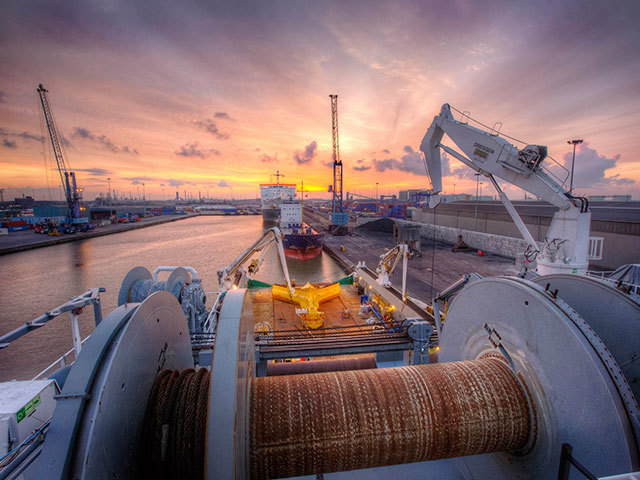
A major shift by a subsea engineering firm into the renewables sector is expected to deliver a major boost to profits and jobs this year.
Ecosse Subsea Systems (ESS) said it will benefit as an “early adopter” amongst companies traditionally focussed on the oil and gas sector but which have successfully taken advantage of new opportunities in the emerging renewables industries.
The Banchory-based company has forecast that turnover in 2016-17 will rise to between £23-£25million, with profits of around £5million, while staff numbers currently at 35 will expand to more than 50 employees.
The bullish predictions come as the firm revealed that sales slumped 32% to £12million in the year to end of March 2016, while pre-tax profits fell by almost half to £704,650.
ESS said the performance in the year reflected that only “one major tool hire and contracting project was completed in the period”. But it added that 90% of its turnover was in the renewables sector instead of oil and gas, and that its current contracted work “greatly exceeds the revenues for the reporting period”.
Managing director Mike Wilson said: “The 2015-16 trading period was the first full year in which we can attribute 90% turnover to renewables whereas before it was heavily centred on oil and gas activity.
“At the same time, we made exceptional R&D investment in proving our ‘Scar 2’ seabed preparation system, which is the largest boulder clearing tool in the world.”
In the current financial year, ESS has delivered a £5million project on the Race Bank Offshore Wind Farm on behalf of Dong Energy, and extended a trenching scope on an earlier project on behalf of Prysmian Group on Iberdrola’s Wikinger offshore wind farm in the Baltic Sea.
An international infrastructure group also commissioned ESS to design and build a £3million 1,500-ton carousel and associated spread to be used in the storage of spare cables required for UK offshore windfarms.
The company has been supported by Scottish Enterprise and part funded by the European Structural and Investment Funds Programme to develop ScarJet, a water jetting tool which has the potential to double trench production rates in seabed trenching operations.
Mr Wilson added: “The next year and beyond looks very promising in renewables, the interconnector market and in oil and gas, where there are some green shoots starting to appear.
“The technologies which we have developed for use in the renewables sector are equally applicable for oil and gas projects, and we will be working hard to build on our long-established reputation for innovation and flexibility in traditional hydrocarbons.”
And last month ESS rounded off a successful year when it was received the Engineering Excellence Award at the Scottish Green Energy Awards for its Scar Seabed System, which can be used in seabed clearance and route preparation for the renewables, interconnector and oil and gas sectors.
Recommended for you

